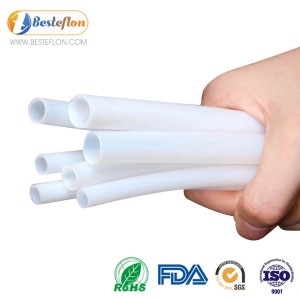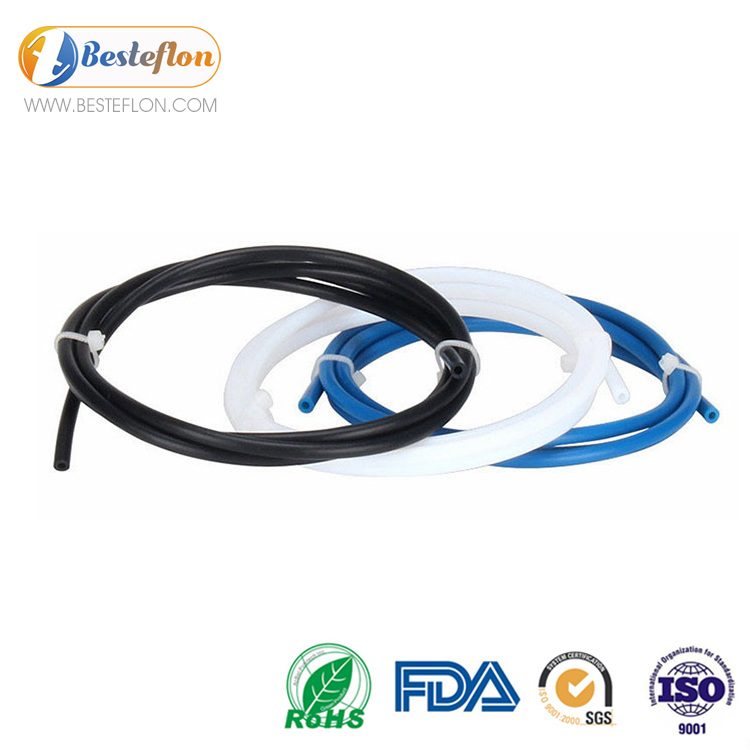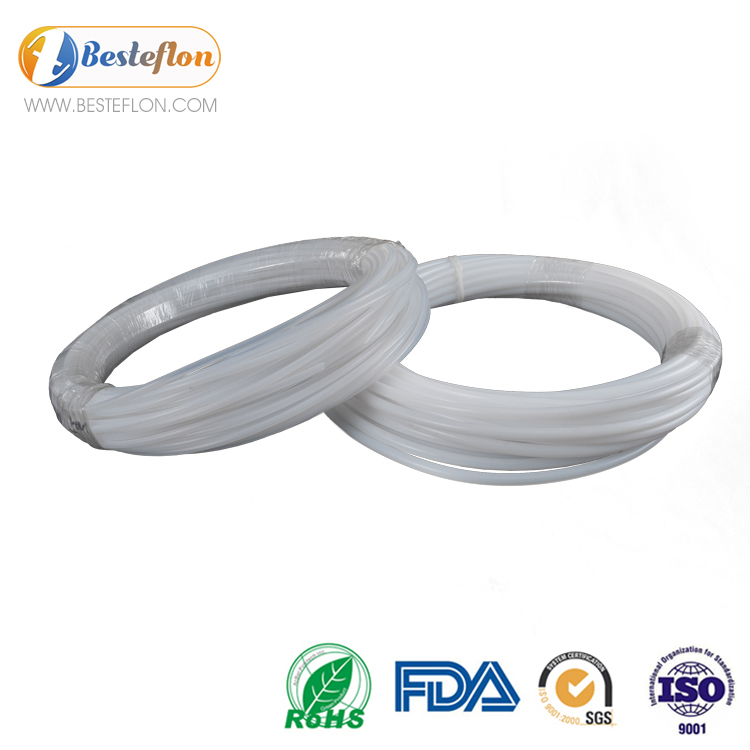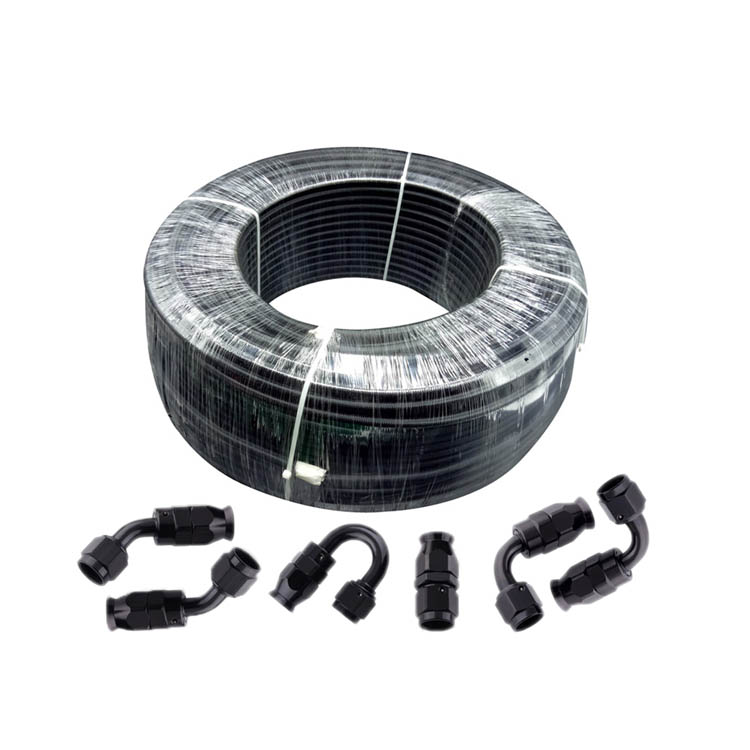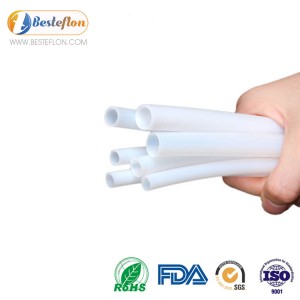The first step is to remove the old PTFE tube. Look inside your printer. There is a pure white or translucent tube from the extruder to the hot end. Its two ends will be connected by an accessory.
In some cases, it may be beneficial to remove one or two accessories from the machine, but this is usually unnecessary. If needed, just use a crescent wrench to loosen the fitting.
Some printers have a PTFE tube that goes down to the hot end through the fitting. Before unplugging the tube from the hot end, mark with a piece of tape so you know how deep the tube needs to go. This can also be the case with an extruder, although it is not common. If you have a paint marker, that's even better, because even the stickiest tape doesn't want to stick to PTFE
Getting Started
The Fittings
There are two types of accessories you may need to deal with. Most pipe fittings have an inner ring. When the pipe is pulled out of the pipe, the inner ring will bite into and lock the pipe. Some of them are spring-loaded and some are fixed with plastic C cards. In the C clip type, just delete the clip by pulling it to the side. If you need to press down on the collar, the tube will loosen.
In the case of spring loading, you need to pull the tube and push the ring down at the same time. Apply pressure evenly around. Grasp the tube as close as possible to the fitting to avoid damaging it. Straighten it to avoid kinks in the tube. As a last resort, you can grab the tube with pliers instead of bare hands, but this will almost certainly damage it. (If you want to throw it away, it doesn’t matter, but it’s a good habit in case you have to reinstall your PTFE tube at some point.)
Sometimes the pipe just won't come loose from the fitting. This is usually due to internal damage to the pipes or fittings, so we recommend replacing them in this case
Cutting The Tube
The second step is to measure the old PTFE tube. Be sure to straighten it when measuring. In most cases, you will want the new file to be the same length. You may cut it short, but be careful, because once you cut the tube, you can't make it longer. If you design a new printer, remember that you want the tube as short as possible, so measure the distance from the extruder to the farthest point you can reach the hotend.
The cross section is next cut off the tube. It is very important to cut neatly. Square, I mean it should be perpendicular to the tube itself. This will allow it to completely fit the fittings inside the valve seat, without any gaps, and the filament can be stuck.
There are many tools available to make a good square cut. Scissors or wire cutters are not recommended because they will crush the end. If you only have these, use a pair of needle-nose pliers to carefully open the end, making sure the hole is open before continuing. A good sharp razor blade will give you a perfect cut, but this requires some practice
Using PTFE Tubing Cutters
To use the cutter, just squeeze open the tubing and place the tubing in the groove, align the path of the blade with the position you want to cut.
Release the pressure on the blade and let it stop on the tubing so you can make sure it is in the correct position.
Now, make sure that the pipe is aligned with the cutter and squeeze it between your finger and thumb.
PTFE is very slippery, it will want to slip out during cutting, resulting in a non-square finish. You may be tempted to press slowly and carefully on the cutter, but to cut well, you actually have to squeeze quickly, like with a stapler
Putting It All Back Together
Now that the tube is cut to length, just install it to the fitting. If you marked your old tube with tape, use it as a reference to make sure you have gotten it all the way and are fully seated.
To install the pipe on the spring-loaded connector, push the pipe collar down and push one end of the pipe into the pipe. To install the tube in the C-clamp fitting, insert the tube, and then grab it with needle-nose pliers by turning the fitting upside down, or pry it with a screwdriver to pull out the collar. Insert the C clamp to keep it in place. Pull the ends of the PTFE tube lightly to make sure it is safe.
Some hot ends require special procedures to seat the PTFE tube correctly. Please consult your documentation! A tube that is not fully seated will cause the entrance of the melted plastic puck between the tube and the nozzle, which will cause severe under-extrusion and, in the worst case, complete blockage
Finishing Up
Make sure your PTFE tube is clear of any moving parts and you are now ready. Your printing effect will be great, and your printer will be great too!
Post time: May-14-2021

